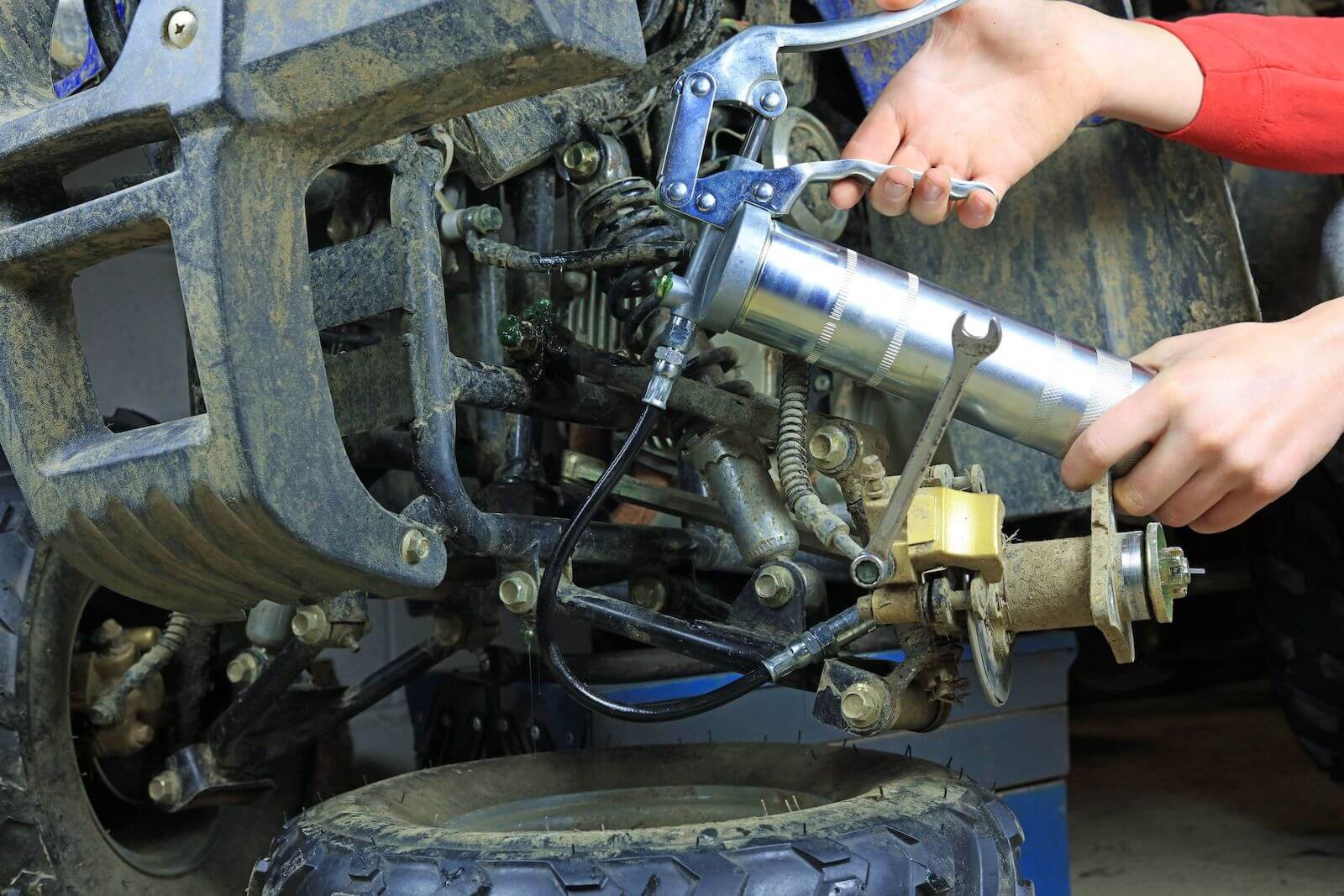One common theme in our blog series is education. In fact, the main goal of our blogs is to educate consumers, so they better understand lubricants and make the right choice when purchasing lubricants.
Getting the right product is the difference between smooth operation and breakdowns, costly repairs, warranty issues, and frustration. No one is happy when a machine breaks down and few people have the money set aside for costly repairs—especially during the current turbulent economy.
So, let’s dive into a crucial topic and one of the most common questions we get:
Which is Better: a Tacky or Smooth Grease and Lubricant?
Smooth is way better, always buy product X and use it on everything. JUST KIDDING.
Both you and I wish the answer were that simple, but we are going to have to answer a few other questions before we will be able to make the right choice between smooth and tacky lubricants.
What Makes a Lubricant Tacky?
Most greases or aerosol lubricants are made tacky using tackifiers. Tackifiers are specialized additives used to bind a product together, making the product stringy, sticky, and tacky.

The more tackifier used in a lubricant the stringer and stickier the lubricant, however, when you add a tackifier you have less room for other additives.
What Do You Mean When You Say Tackifiers Take Up Space From Other Additives in a Lubricant?
Whenever possible I like to use food analogies—so we are going to talk about tacos. When you make a taco, you only have so much room in the shell.
If you put in too much meat (no such thing) you have less room for cheese, lettuce, onions, and salsa. The same is true in lubricants, when we add one additive it takes away from how much of another additive we can use.
Therefore, when we add in a tackifier we have less room for pressure, temperature, and stability additives. It is always give and take, which is the reason lubricants have a specific purpose—it’s almost impossible to make a lubricant that is perfect for everything (although some new ceramic lubricants get close).
Ok, It’s Starting to Make Sense—When Do You Need a Tacky Lubricant?

Tacky lubricants are great when you need a lubricant to stay in place. Extending crane booms, roller chains, vertical lubrication points, slideways, large rotating parts like open gears, and applications that are exposed to elements are all great places for a tacky lubricant.
Roller Chains? I Thought You Didn’t Want a Tacky Lubricant on Roller Chains Because They Attract Dust/dirt?
One of the best chain lubricants on the market is Wagner Universal Micro Ceramic Spray, which is extremely tacky. Here is why being tacky is a positive in this situation.
When applied Wagner Universal Micro Ceramic Spray foams slightly and then settles down and sinks into the roller bearings in the chain. A dense and tacky lubrication film is deposited within the moving parts of the roller chain while an additional film is left on the outside.
The film on the inner moving parts will provide long last lubrication, in fact, the ceramic film left by Wagner Universal Ceramic Spray can last over 1,000 working hours! The outer film, because it is sticky, will attract some dust and debris, however, this is intended with this product.
The dust and debris held by the outer film are stopped on the outside of the moving parts and will not penetrate, in many ways it creates a kind of natural seal.
When Shouldn’t You Use a Tacky Lubricant?
High-speed applications and extended life applications are not ideal for tacky lubricants. (Extended-life applications are things like sealed gearboxes and other machines that don’t require grease for every 10-20 hours of use) You shouldn’t use tacky grease or oil in a high-speed application because the tackiness of the lubricant creates drag.

The more drag, the higher the running temp and the more power required to turn the application. The other shortfall of a tackifier is that over time it dries out the oil or grease and can make the lubricant get hard, therefore, tacky products should only be used in extended service applications.
Does a Tacky Grease Hold Up Better in Marine Applications?
Not necessarily. Tackifiers can help grease stay in place in marine applications, but the actual water resistance is going to be determined by other additives and the thickener in the grease.
So, check out the data sheet on the product you are considering for marine applications and look for the water washout rate. The lower the water washout percentage the better the grease performs in marine applications.
The summary you have been waiting for…
The short answer is that neither tacky nor smooth greases are better, they are just designed for different situations.
In fact, the tackiness of a product is not indicative of performance, it just means the lubricant is going to be sticky and may hold in place better than a smooth lubricant.
However, many times a smooth lubricant will boast higher test ratings than a tacky one because smooth grease has more room for performance additives such as pressure, temperature, and stability additives. This is another situation where a lot of companies use marketing to push tacky products but doesn’t necessarily have the test results to back it up.
So, make sure you look at the test data. Tacky products that have excellent test data (Wagner Universal Micro Ceramic Spray) are excellent, but don’t buy a product just on tackiness alone. Check out the test data!






